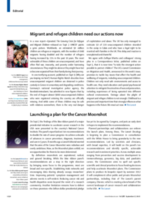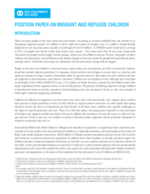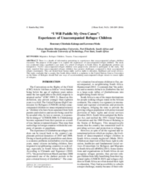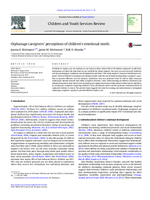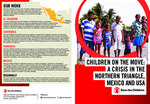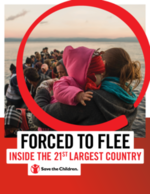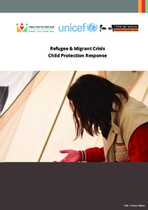The duality of children’s political agency in deportability
This article discusses how children's political agency manifests in everyday life. It shows how children who become aware of their legal status as 'deportable' reject this subject position and offer their own definitions of who they are and where they belong.

